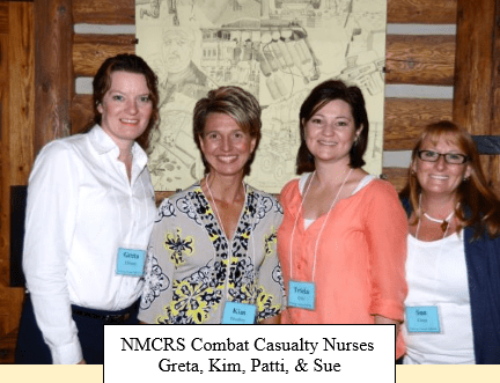Mindfulness is a way of thinking and focusing that can help you become more aware of your present experiences. There are some things you might do every day without even thinking about them, like brushing your teeth in the morning. Mindfulness involves paying attention to the feelings and sensations of these experiences.
Research has shown mindfulness to be helpful with anxiety problems. It has been shown to help with symptoms of PTSD, such as avoidance and hyperarousal. If you have gone through trauma, and deal with PTSD issues, you may want to learn what mindfulness is and how it might be helpful to you.
Mindfulness practice has two key parts:
- Paying attention to and being aware of the present moment.
- Accepting or being willing to experience your thoughts and feelings without judging them.
For example, focusing on the inhale and exhale of your breathing is one way to concentrate on the present moment. Mindfulness involves allowing your thoughts and feelings to pass without either clinging to them or pushing them away. You just let them take their natural course. While practicing mindfulness, you may become distracted by your thoughts and that is okay. The process is about being willing to notice where your thoughts take you, and then bringing your attention back to the present.
Mindfulness might increase your ability to cope with difficult emotions, such as anxiety and depression. Practicing mindfulness can help you to be more focused and aware of the present moment while also being more willing to experience the difficult emotions that sometimes come up after trauma. For example, mindfulness practice might help you to notice your thoughts and feelings more and to be able to just let them go, without labeling them as “good” or “bad”.
Mindfulness is a practice, a continual process. Although it may be hard to do at first, regular mindfulness practice can help you notice your thoughts and learn to take a step back from them. Mindfulness practice can also help you develop more compassion toward yourself and others. You may be less likely to sit in judgment of your thoughts, feelings, and actions. You may become less critical of yourself. Using mindfulness can help you become more aware and gentle in response to your trauma reactions. This is an important step in recovery.
Cognitive Processing Therapy and Prolonged Exposure have been shown to be the most effective treatments for PTSD. In both of these treatments, you are asked to write or talk about trauma with the guidance of your therapist. Mindfulness can prepare you for these treatments by giving you skills and confidence that you can handle your feelings. As you learn to be mindful, you learn to observe what is happening in your body and your mind. You can learn to be more willing to cope with difficult thoughts and feelings in a healthy way. This will help you keep going when you are asked to think and talk about your trauma in treatment. In this way you may get even more out of the PTSD treatment.
There are several types of therapy that use mindfulness practices. These therapies have been used to treat problems that often affect people with PTSD, such as anxiety, depression, and substance use. The therapies may target specific problems such as:
- Difficult feelings and stress in daily living
- The stress of physical health problems, such as chronic pain
- Negative thinking patterns that can lead to repeated episodes of depression
- Trouble working towards your goals in life
- Urges to use drugs or alcohol
Mindfulness practices may be of benefit to trauma survivors. Research findings show that mindfulness can help with problems and symptoms often experienced by survivors. Mindfulness could be used by itself or together with standard treatments proven effective for PTSD. Learn more about specific PTSD treatments that work.







